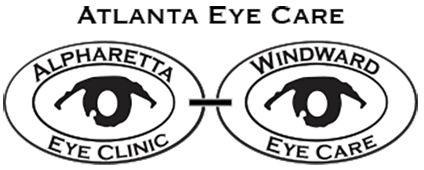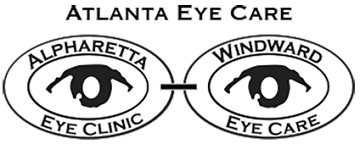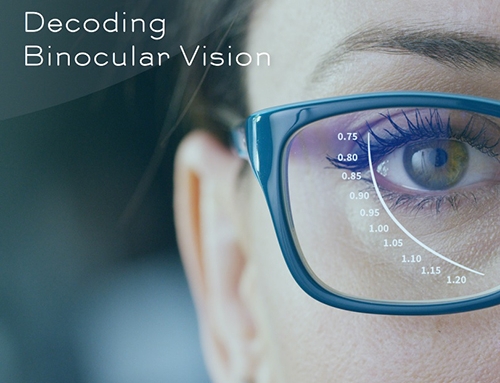According to most eye doctors and researchers, the answer is an emphatic “yes.” Because children tend to spend more time outdoors than most adults, experts say nearly half of a person’s lifetime exposure to ultraviolet radiation can take place by age 18.
Ultraviolet (UV) radiation and blue light (also called high-energy visible, or HEV, light) from sunlight appear to increase the risk of multiple age-related eye problems, including cataracts and macular degeneration. Researchers say the more exposure you’ve had to the sun’s harmful UV and HEV rays during your lifetime, the more at risk you may be for these sight-threatening conditions.
Children are even more susceptible to damage to the light-sensitive retina at the back of the eye from UV rays because the lens inside a child’s eye is less capable of blocking UV than an adult lens, enabling more of this harmful radiation to penetrate deep into the eye.
Nearly all high-energy blue light reaches the retinas of children and adults alike, because the cornea and lens of the human eye are not capable of absorbing these rays.
These factors make it very important for all children, even infants, to wear UV- and HEV-blocking sunglasses anytime they are outdoors in daylight hours. This is true even on cloudy and overcast days, because most UV rays (which are invisible) and some HEV rays can penetrate cloud cover.
By investing in quality children’s sunglasses, you are helping your kids enjoy a lifetime of good vision.











